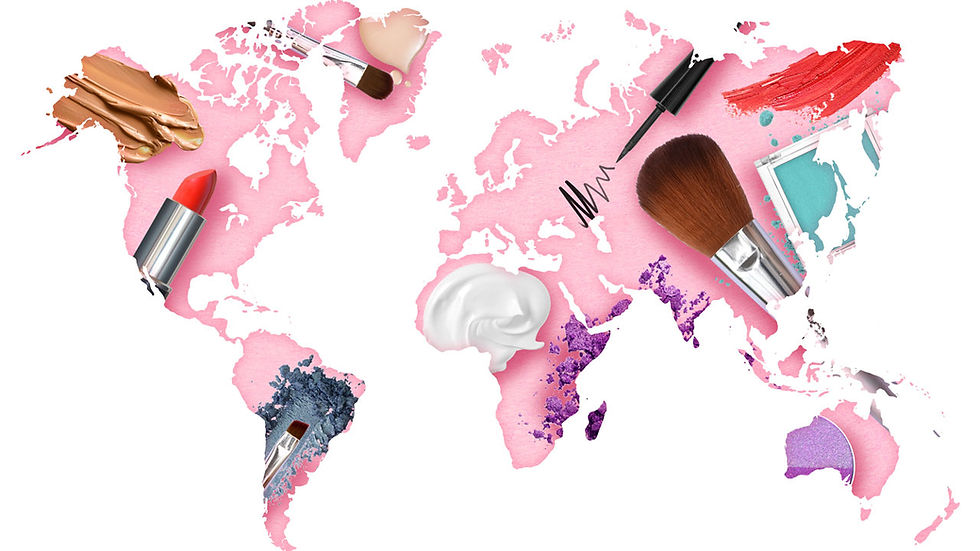- Sally Lyons Wyatt

- Jul 25
- 3 min read
Updated: Jul 29
The Supplemental Nutrition Assistance Program (SNAP) has long been a vital support system for millions of Americans — and a key driver of sales across the CPG industry. Today, approximately 42.5 million people participate in SNAP with the goal of reducing poverty and food insecurity. Benefits and participation in the program will shift with the passage of the Big Beautiful Bill Act. The SNAP program changes present both challenges and opportunities for manufacturers, retailers, and stakeholders across the food and beverage ecosystem.
Here’s what you need to know — and how to prepare.
The Big Beautiful Bill Act includes reforms to SNAP, including:
$186 billion+ in federal funding cuts over 10 years
Shift of costs to states: States will now cover 5% of benefit costs and 75% of administrative costs (up from 0% and 50%, respectively)
Stricter work requirements: Age range expanded to 18–64; exemptions narrowed
Reduced benefit growth: Thrifty Food Plan updates limited, curbing future benefit increases
Utility deduction changes: Internet and phone bills no longer count
Immigrant eligibility narrowed: Only citizens and lawful permanent residents qualify
SNAP participants are strained from a budgetary standpoint, but they have their own money to spend in addition to the SNAP benefits. These benefits can only be used on approved food and beverages. As we look at 32 weeks ending May 11, 2025, we find SNAP households representing ~20% of total CPG sales, but their share is shrinking across retail food & beverage (-1.9 ppts), foodservice (-1.2 ppts) and retail non-food (-1.6 ppts). SNAP households are important to CPG since they make 29% more trips overall than non-SNAP households and 11% more spend and buy more items per trip. Approximately 10% of SNAP household retail food & beverage dollar sales occur on trips where SNAP Electronic Benefits Transfer (EBT) payment method is used.
With the new law, there could be further sales declines due to the reforms mentioned above but also changes at the state level. States now have the authority to restrict SNAP purchases through Food Restriction Waivers. Six states — Arkansas, Idaho, Indiana, Iowa, Nebraska, and Utah — have approved waivers, with seven more considering similar actions. These waivers, to begin in 2026, vary but commonly target soda and sugary drinks, candy and snacks, and low-juice beverages. These at-risk categories will need to prepare for continued SNAP shopper shifts. These shifts could range from SNAP shoppers buying the categories less often to not buying at all in the SNAP-wavier states. On the flip side, products outside of the state waivers could benefit because SNAP shoppers will have extra money they can spend toward approved products.
From a retail standpoint, the Dollar channel (29.9% of sales from SNAP HHs (-2.8 pts YOY) and the Mass channel (22.6% (-2.6 pts) rely on SNAP households for a higher-than-average share of their sales. During the 32-week period, traditional grocers and mass retailers have been capturing the largest share of dollars from EBT trips. In addition, SNAP households have shifted EBT spending slightly in favor of grocery and e-commerce.
Despite the challenges, there are actionable strategies to maintain relevance and loyalty among SNAP consumers:
1. Gauge Risks and Refine Strategies
Reassess pack sizes, pricing, and promotional tactics
Monitor participation trends and adjust accordingly
2. Focus on Meal Solutions
Help SNAP families stretch their budgets with affordable, nutritious options
3. Adjust Product Offerings
Align with new eligibility rules and state-specific waivers
4. Leverage Waivers for Innovation
Explore co-promotions around newly eligible items like rotisserie chicken
5. Educate Consumers
Fill the gap left by SNAP-Ed with in-store and digital education on nutrition and budgeting
The Big Beautiful Bill Act marks a pivotal moment for SNAP and the CPG industry. As participation declines and regulations evolve, brands must stay agile, informed, and empathetic to the changing needs of SNAP households.

































